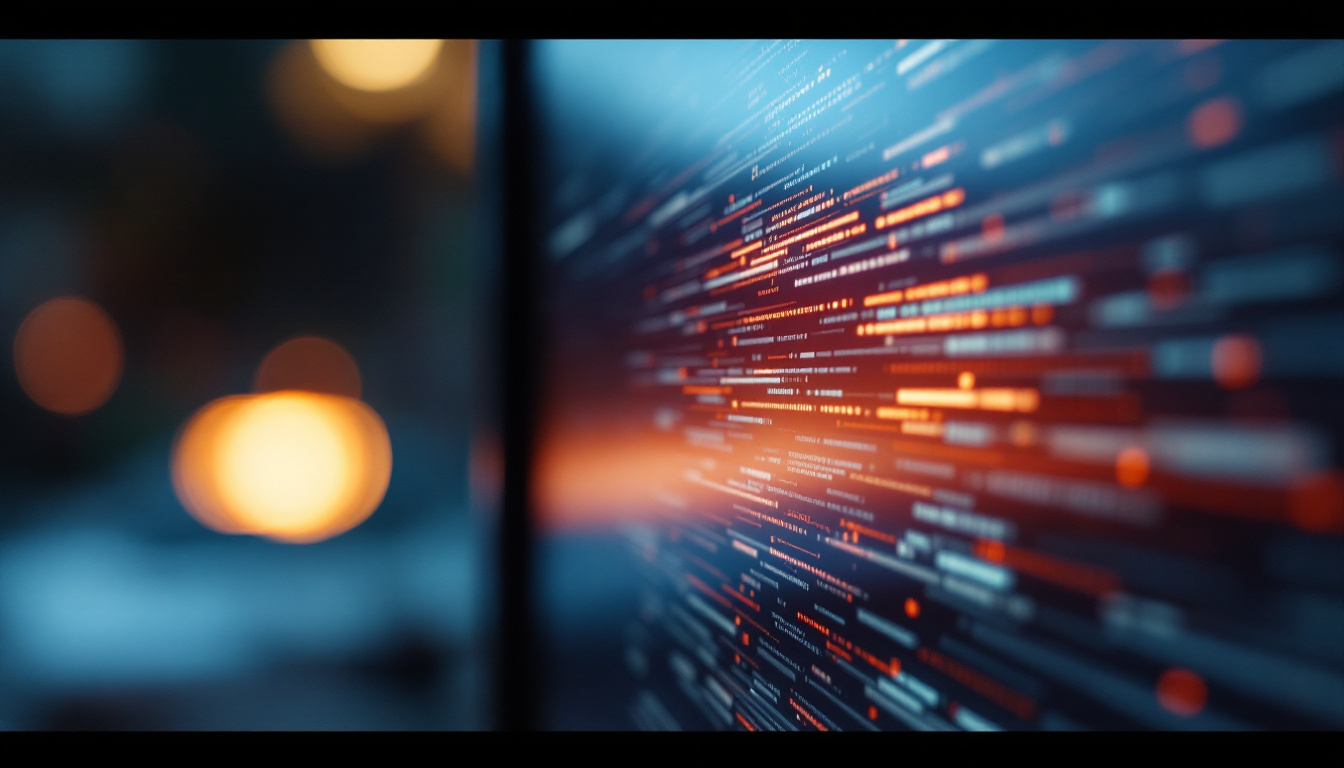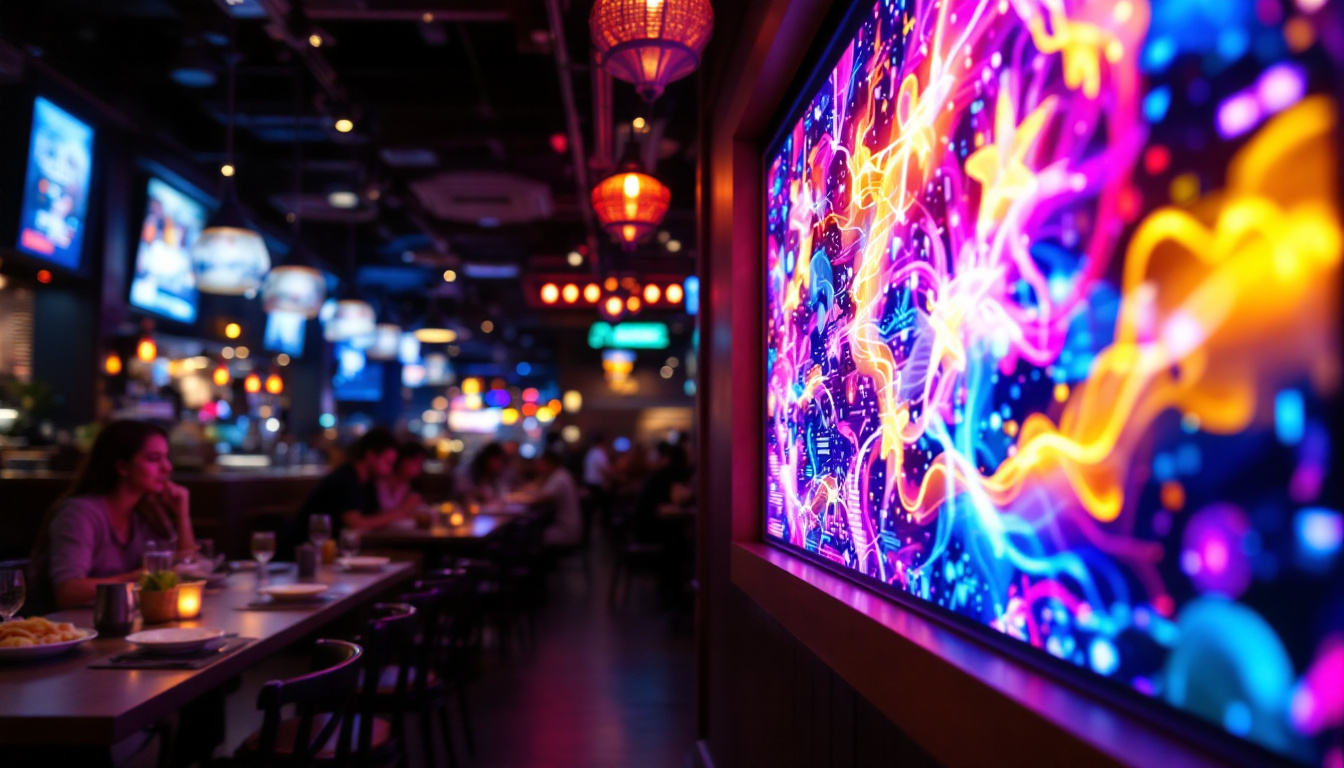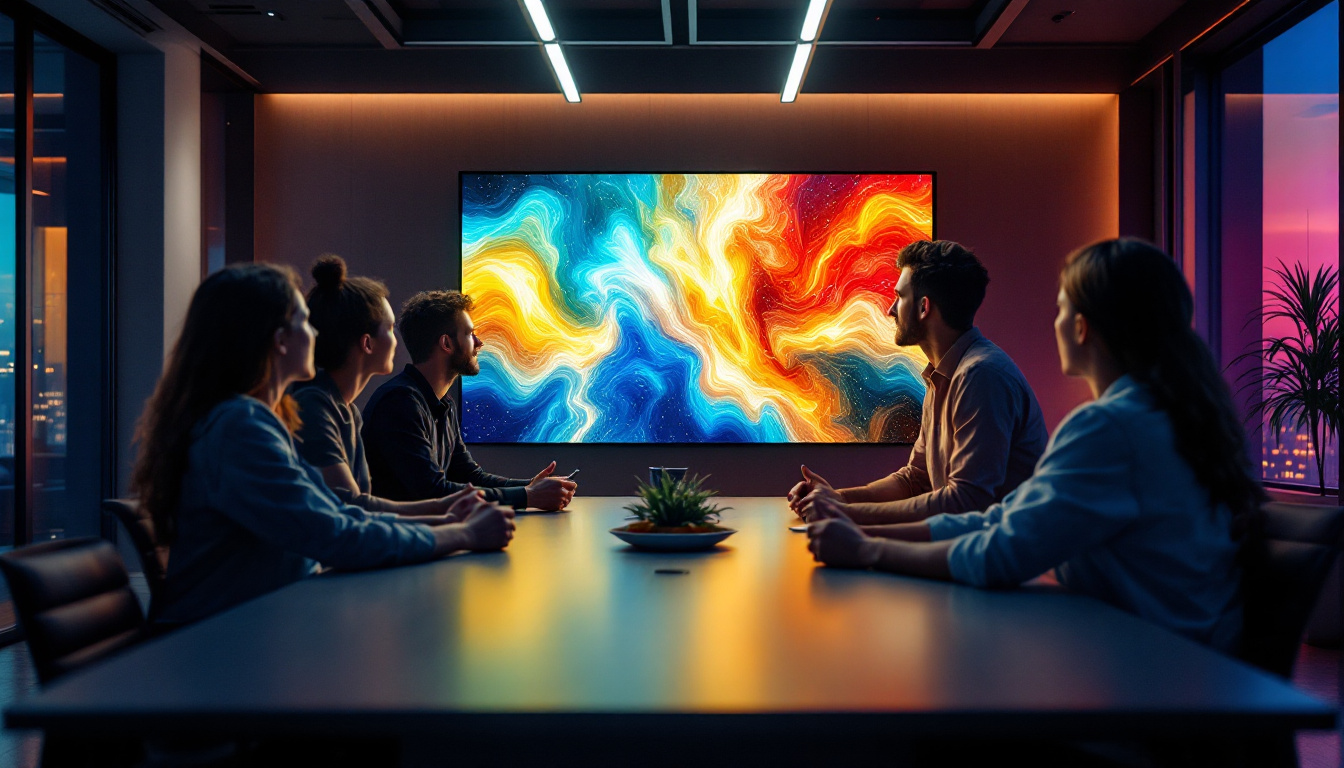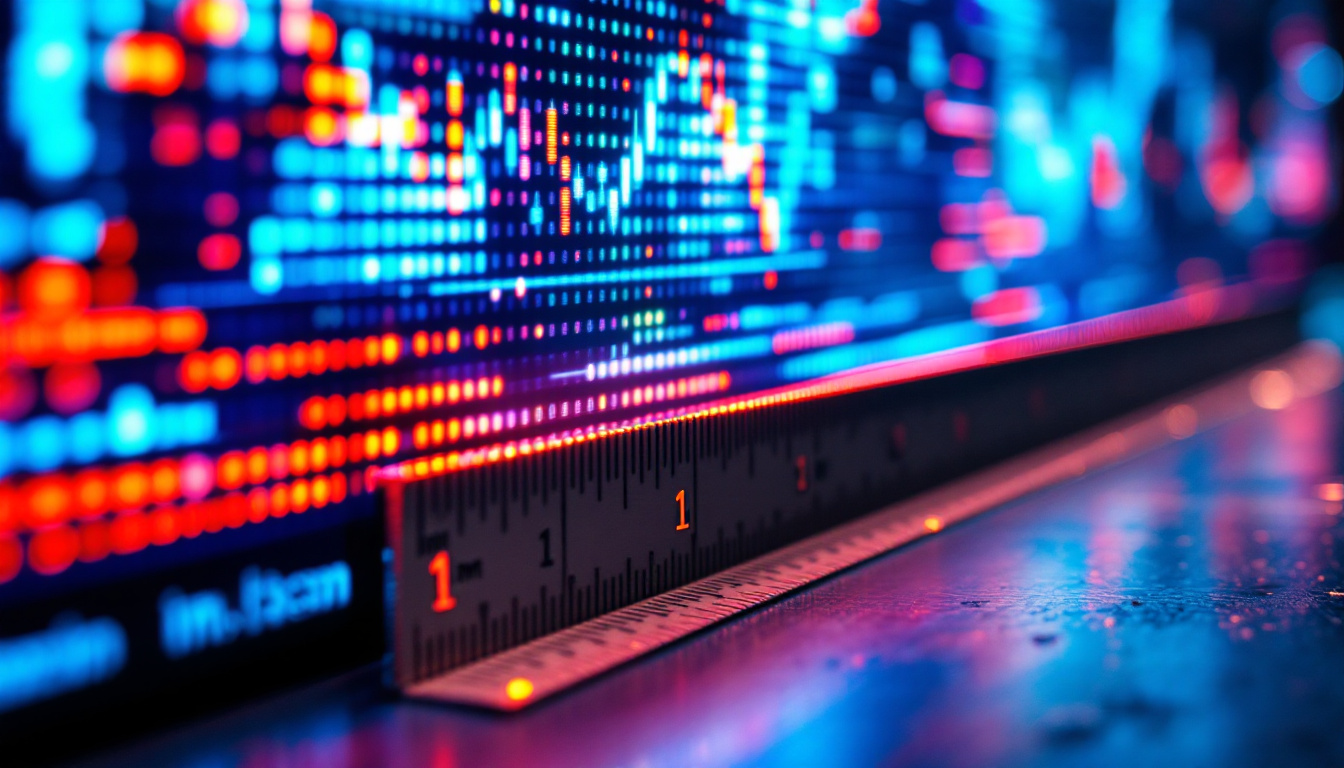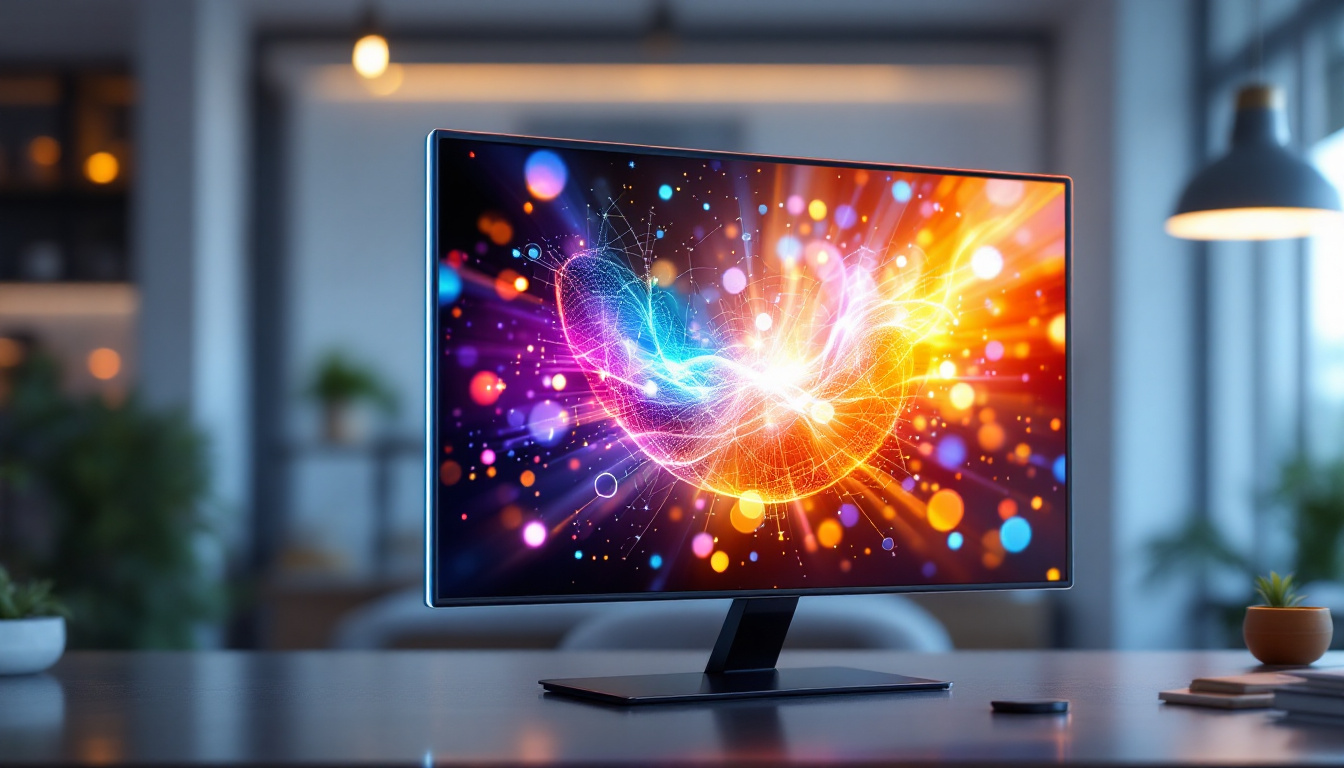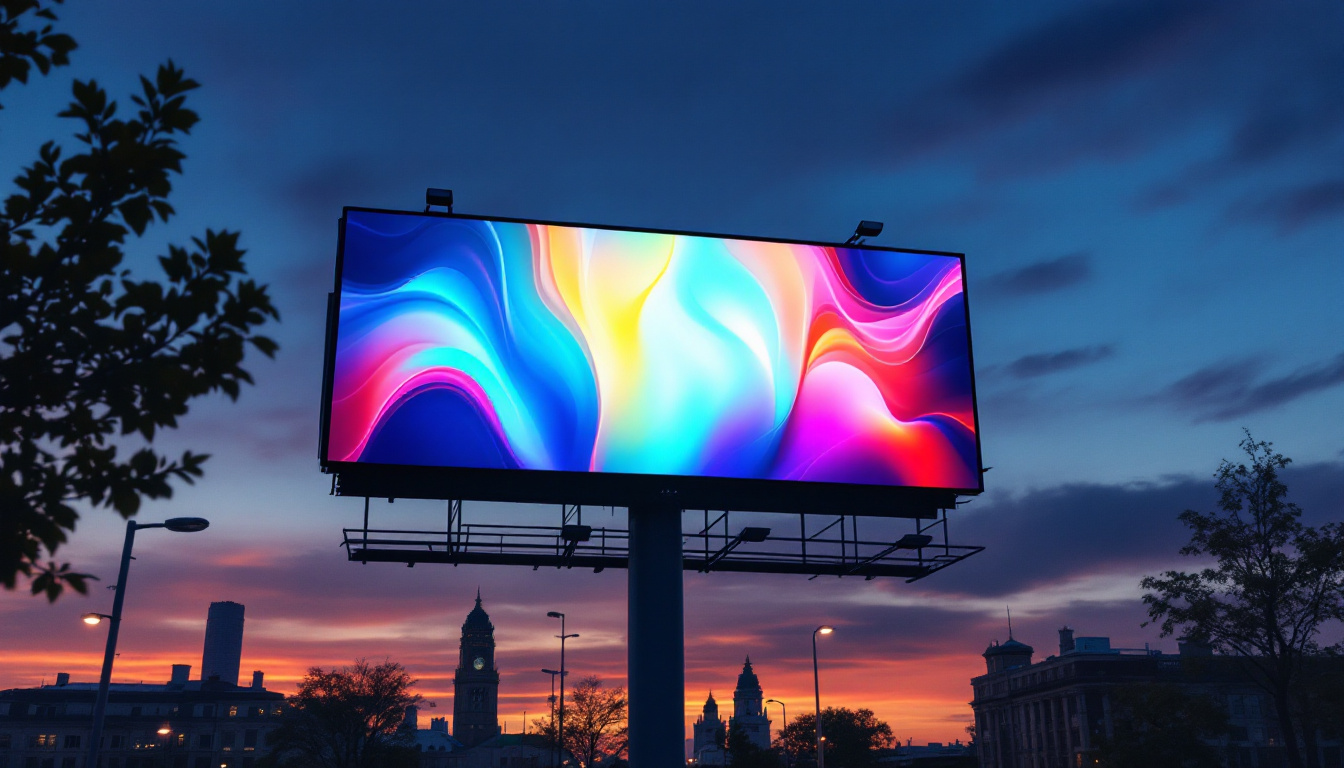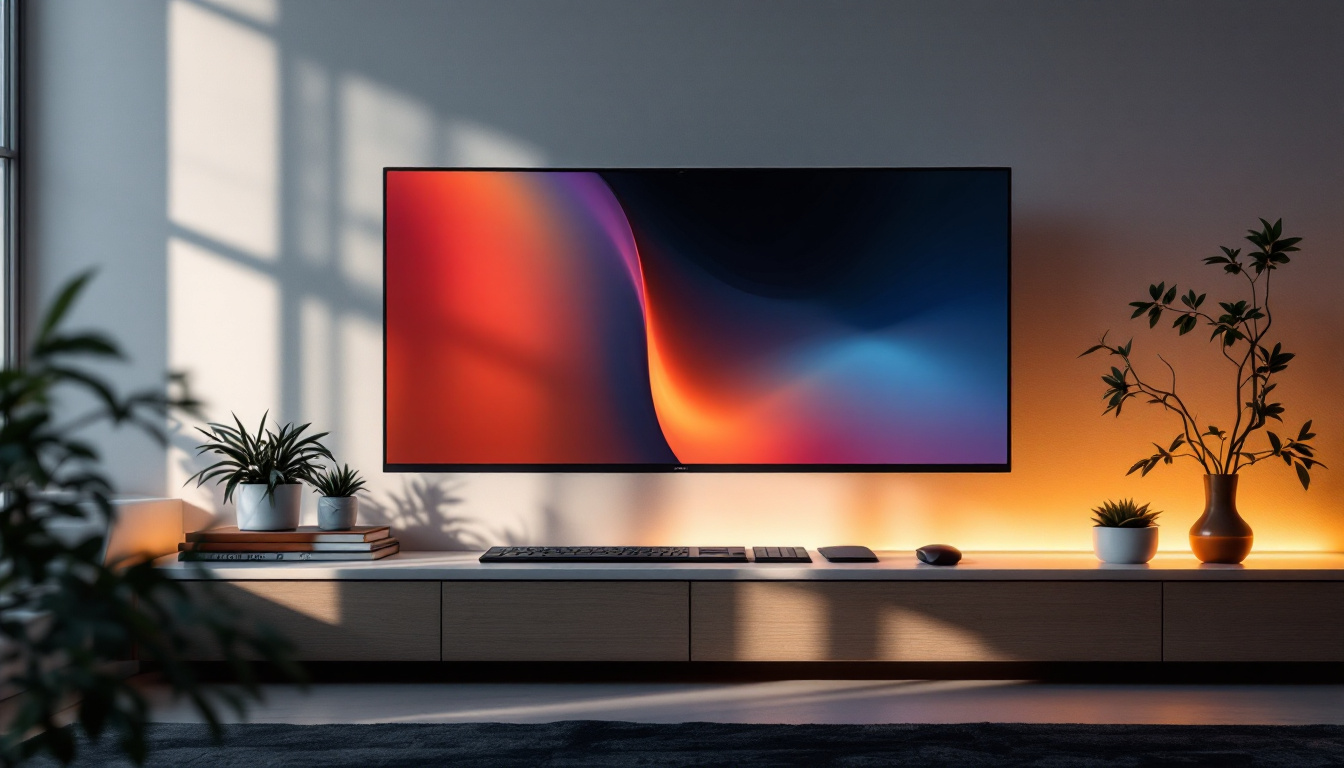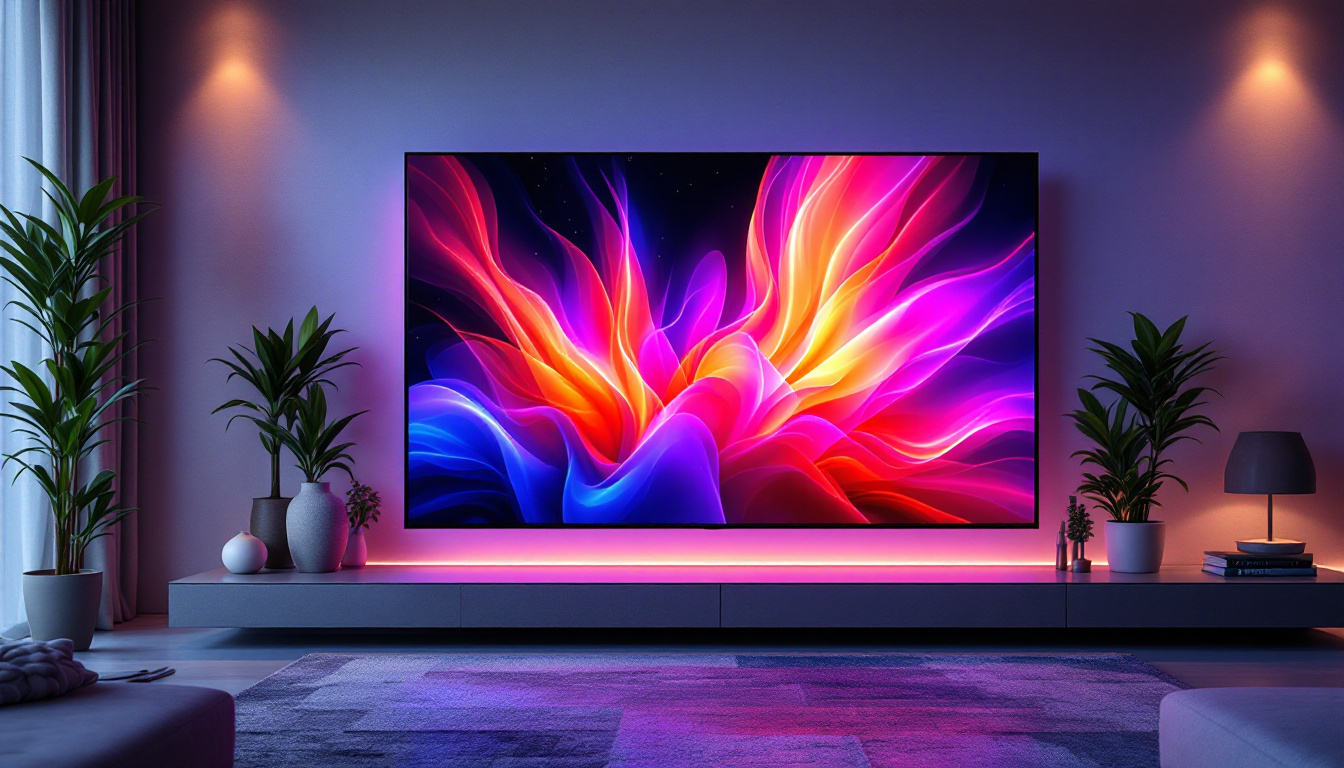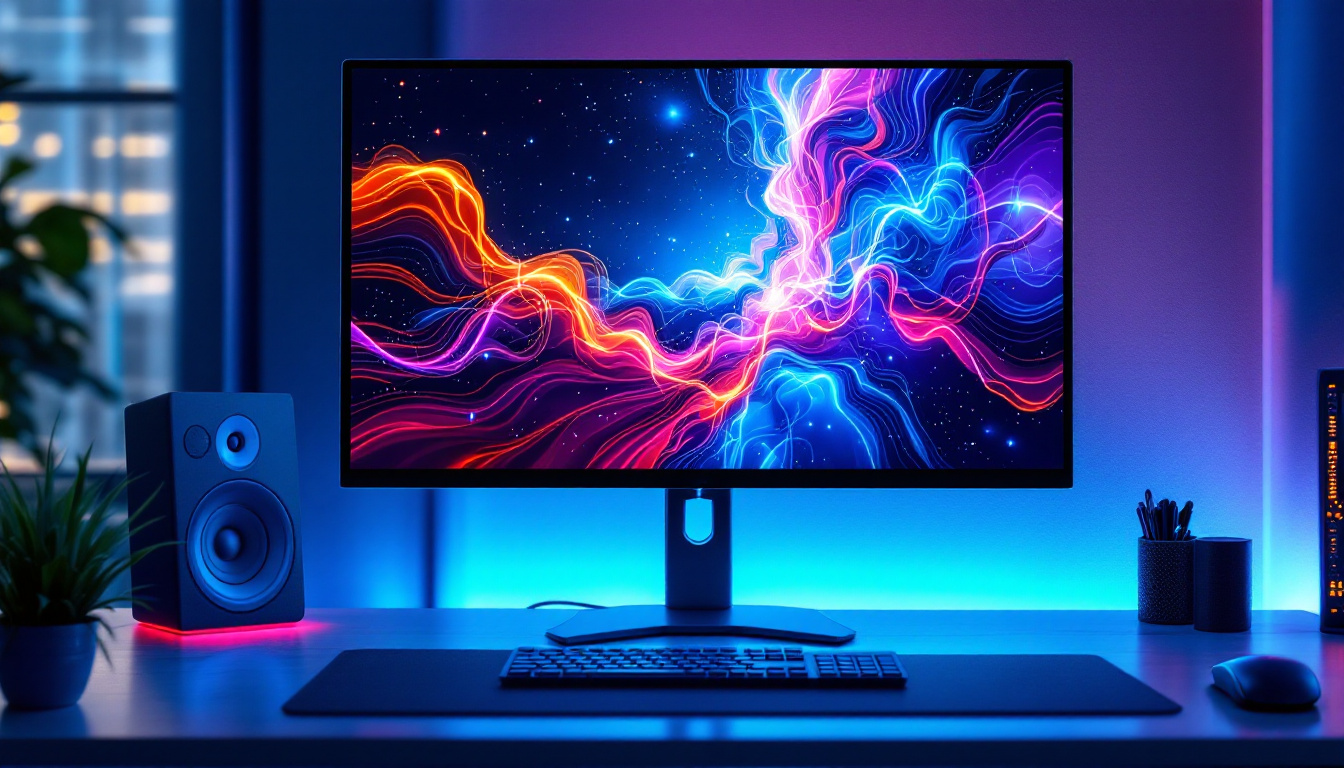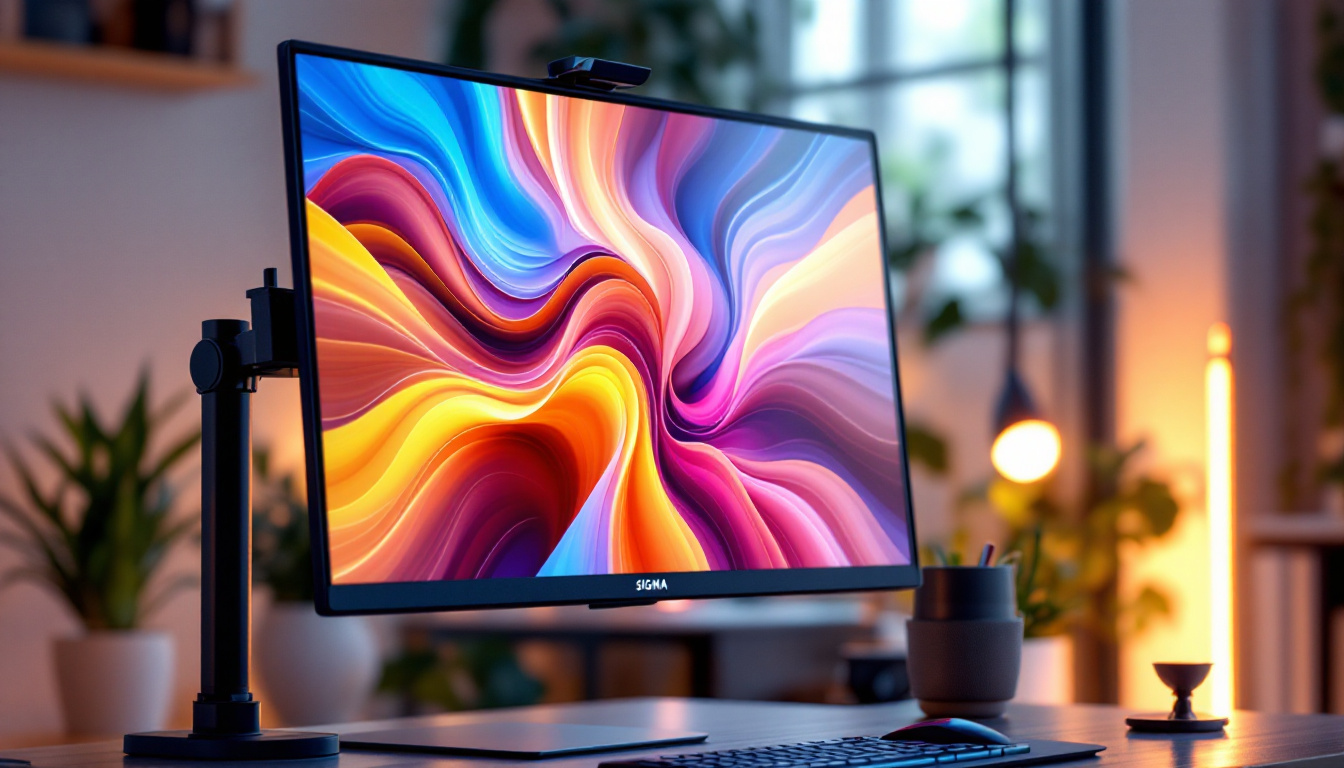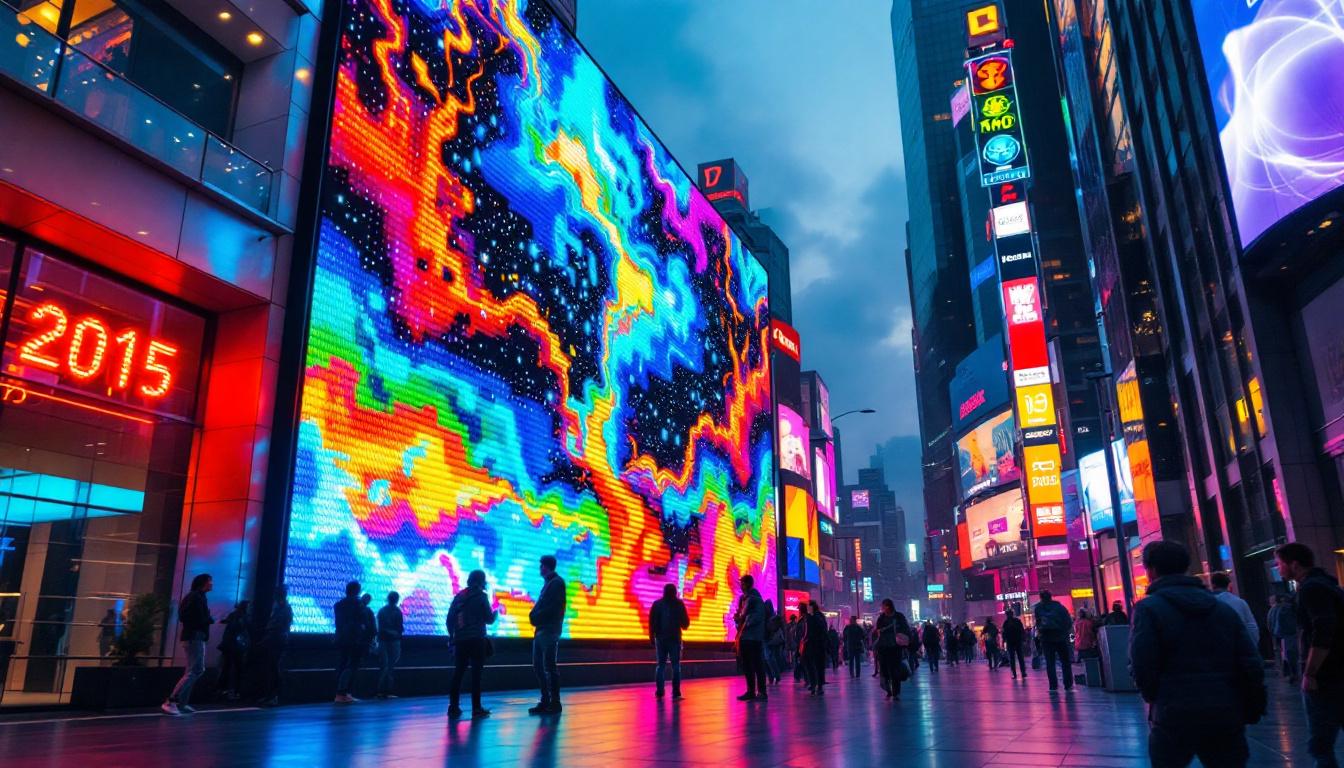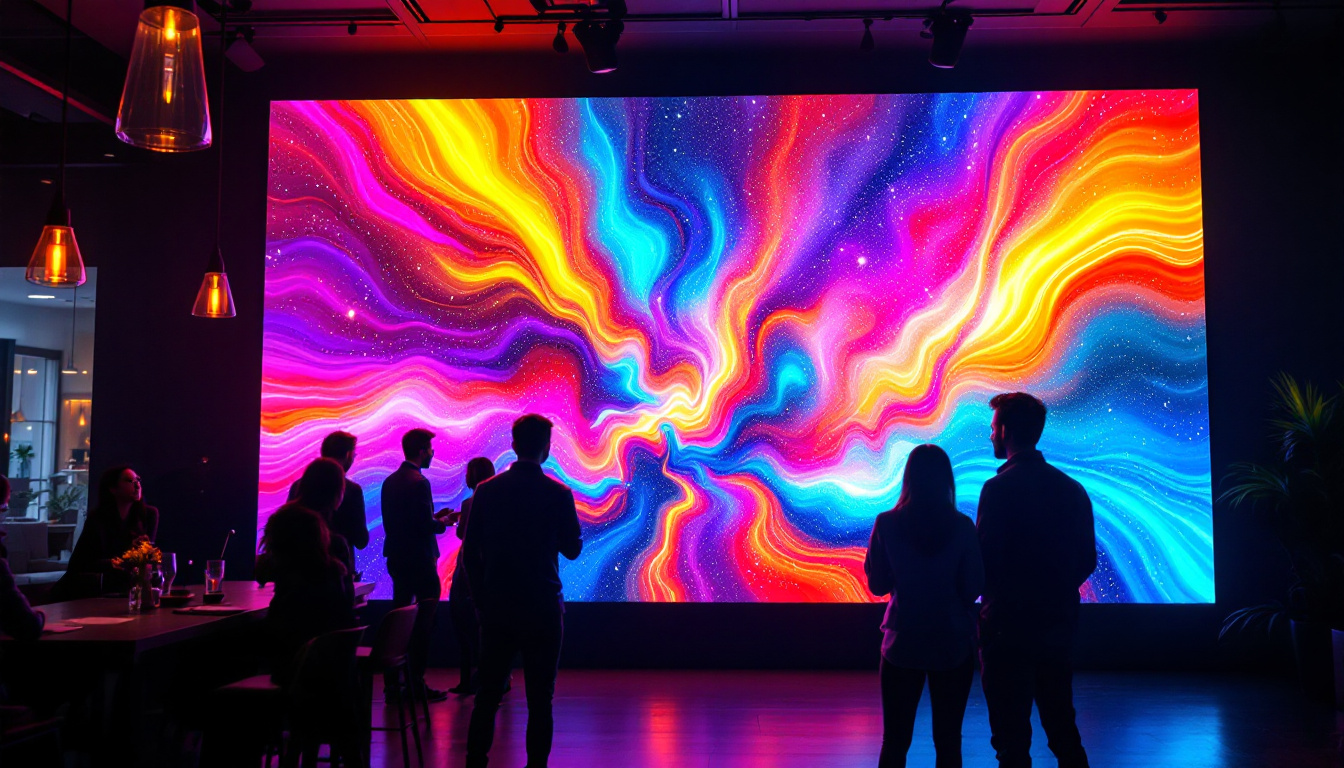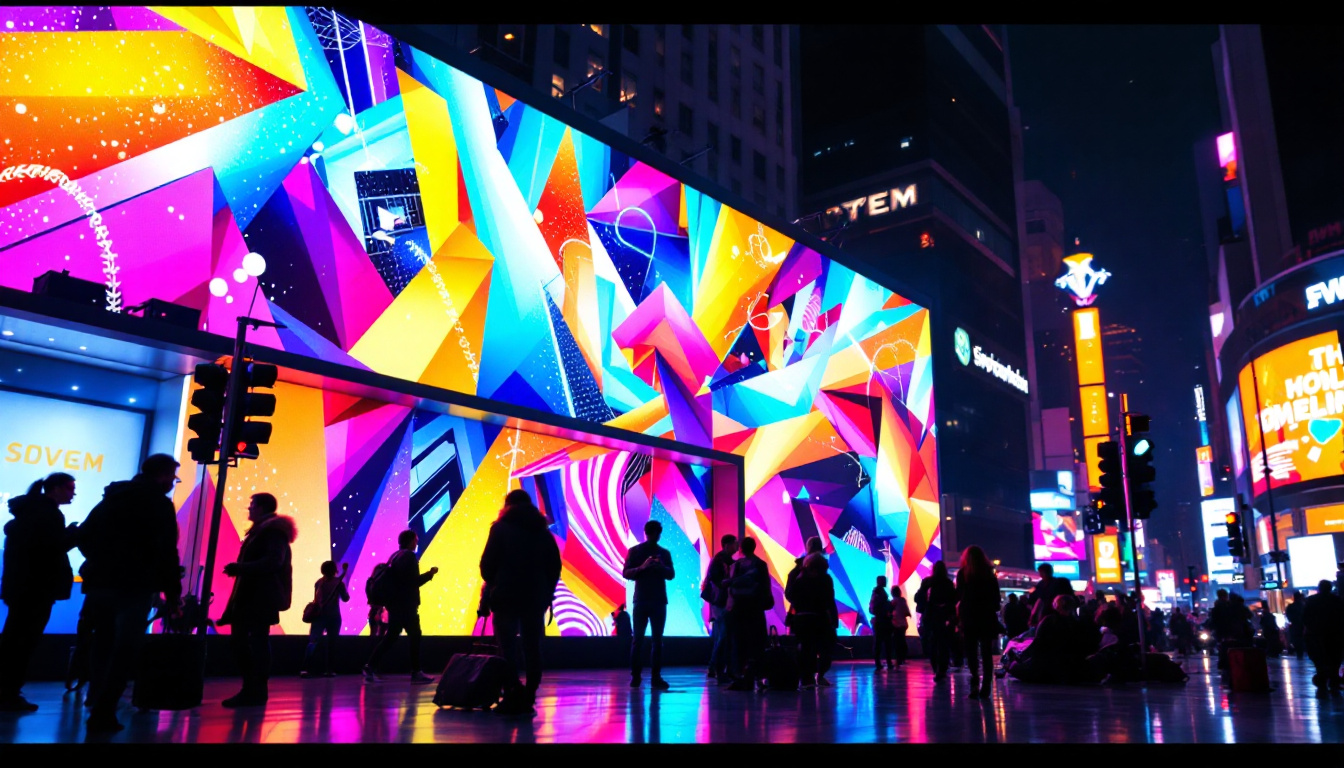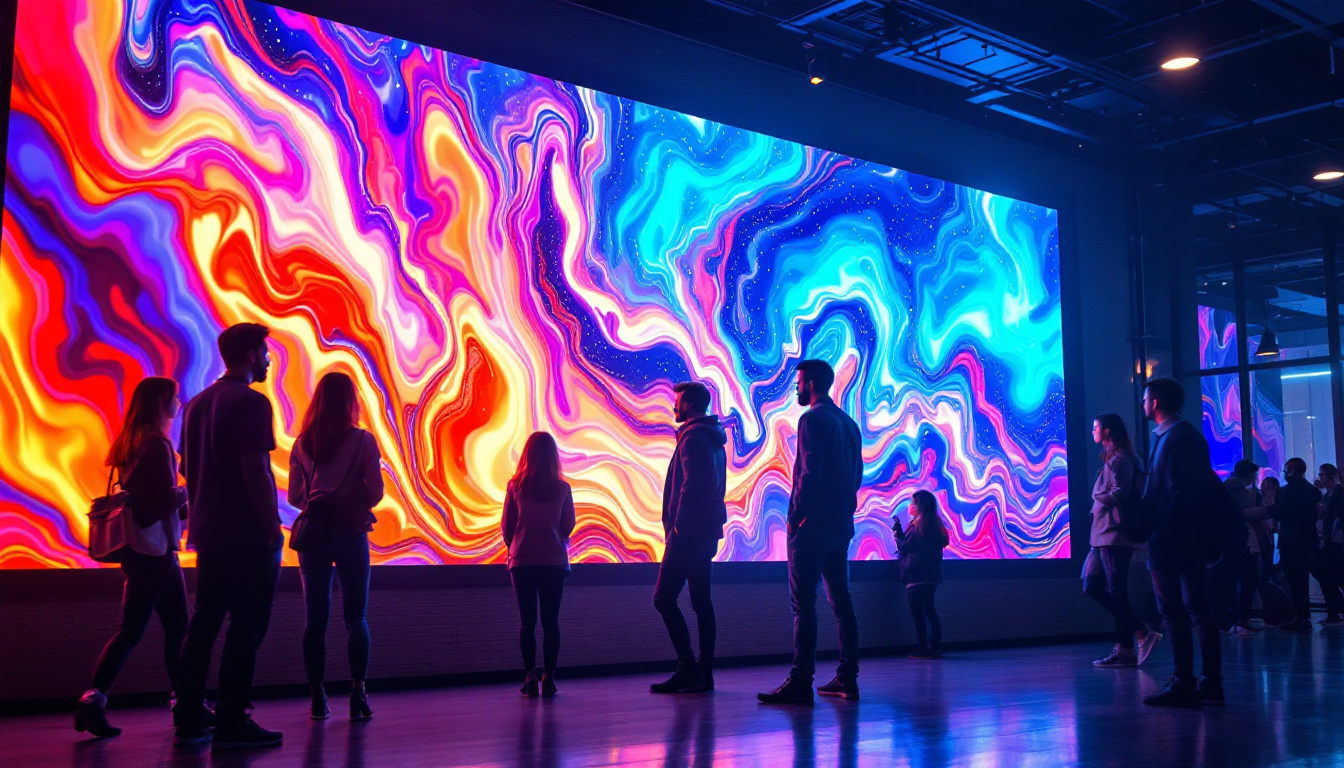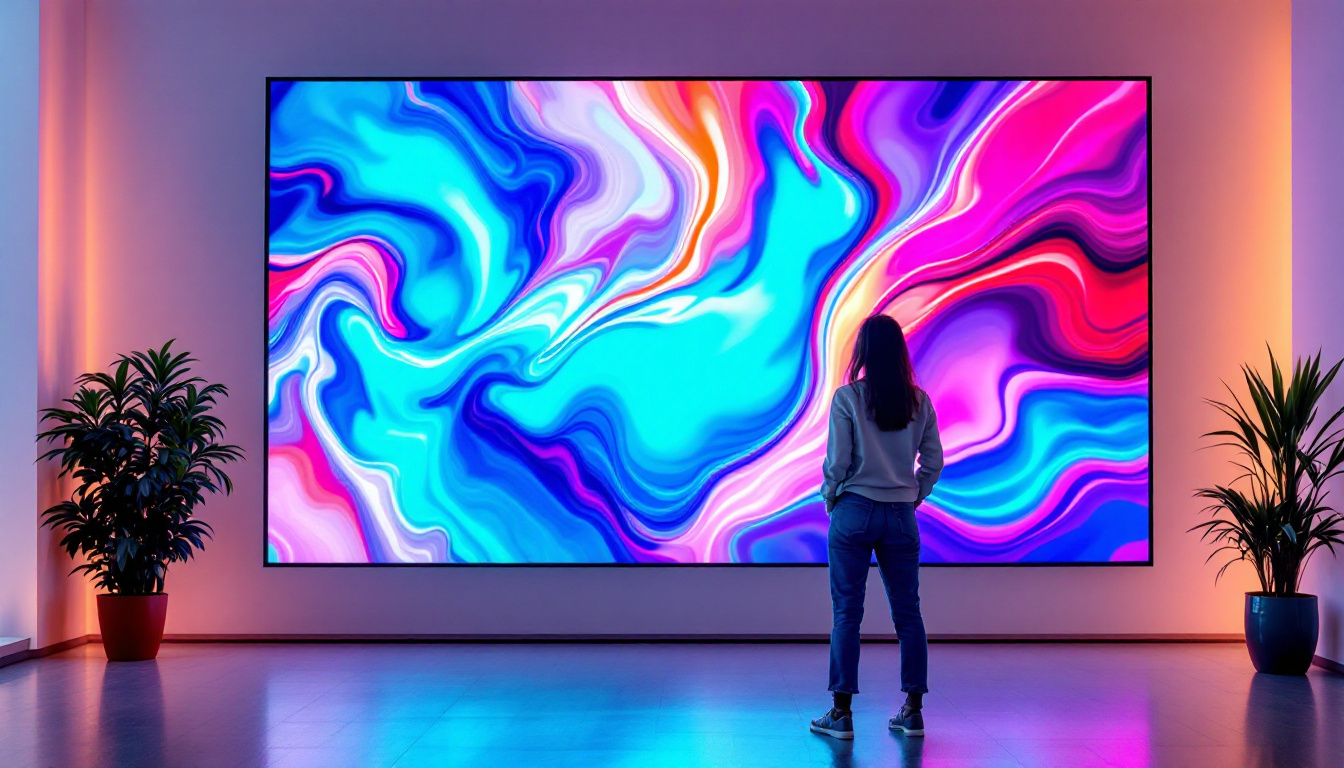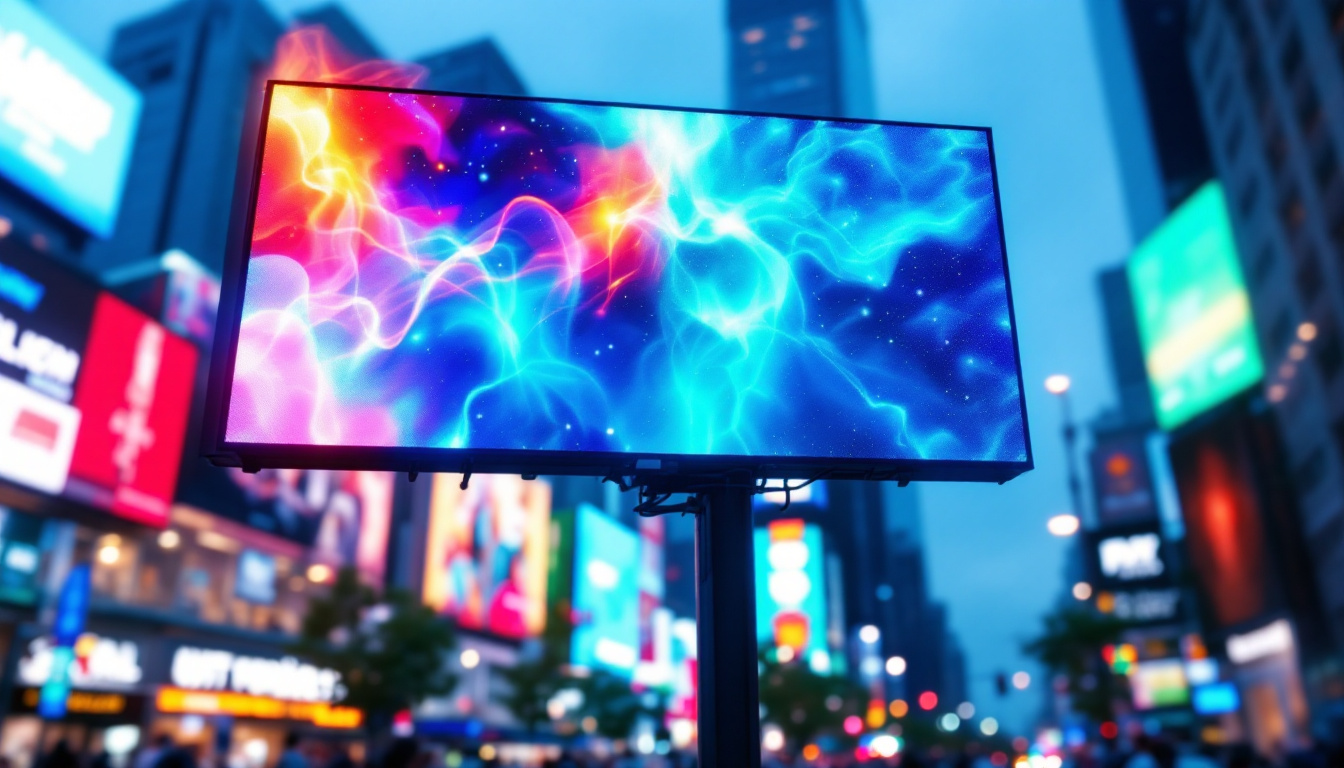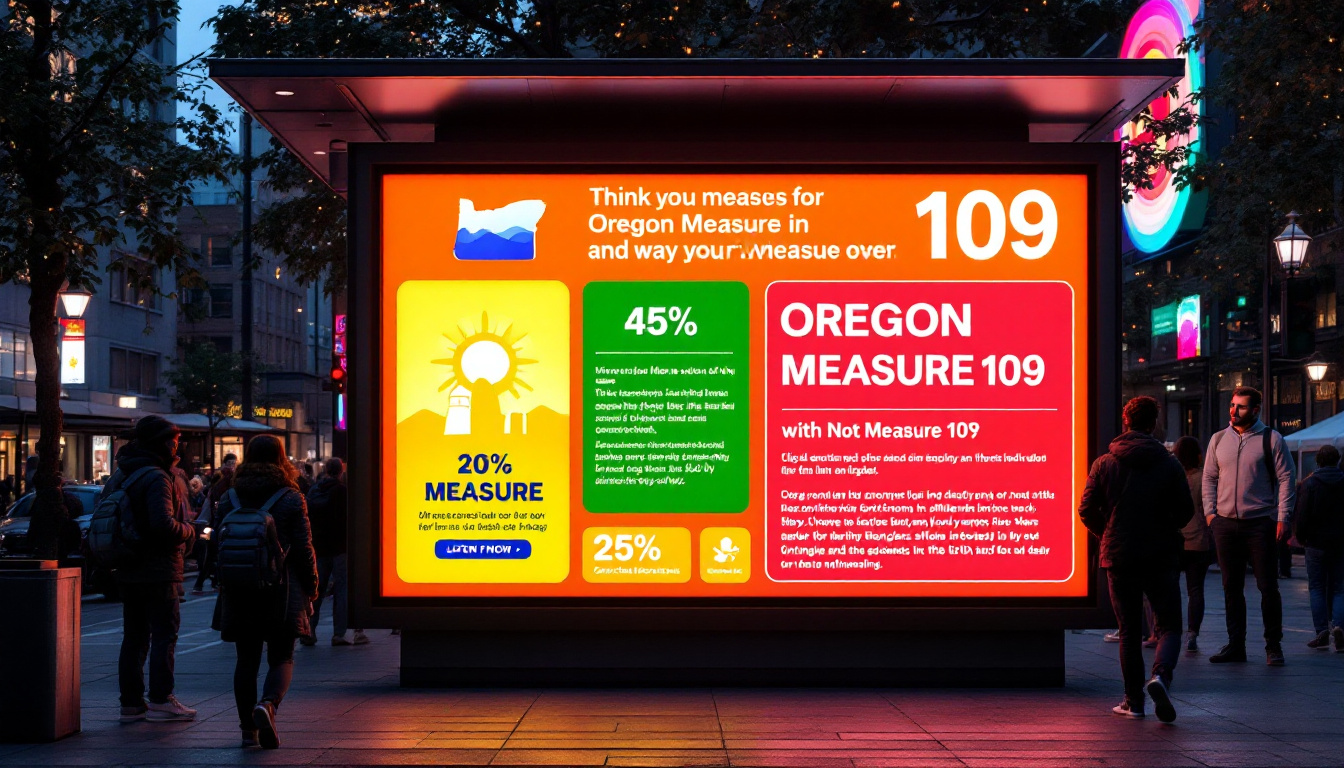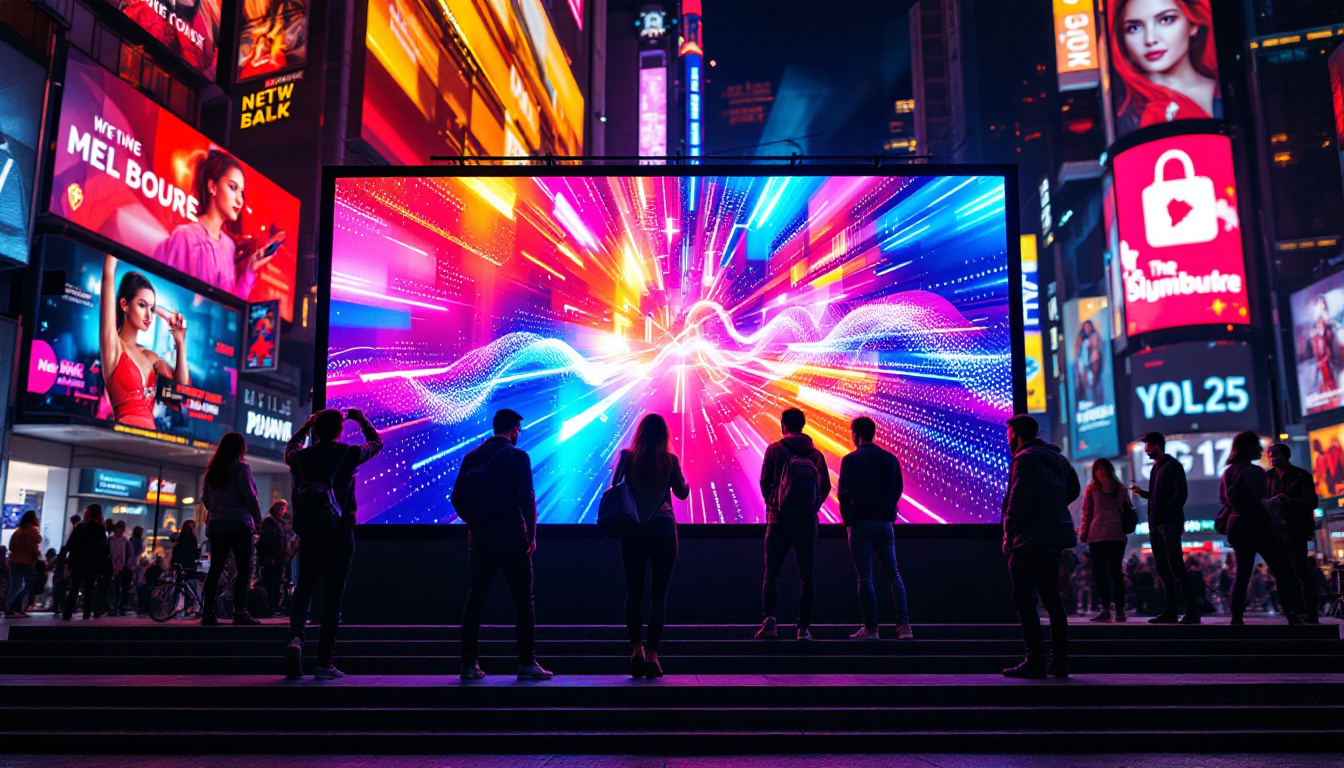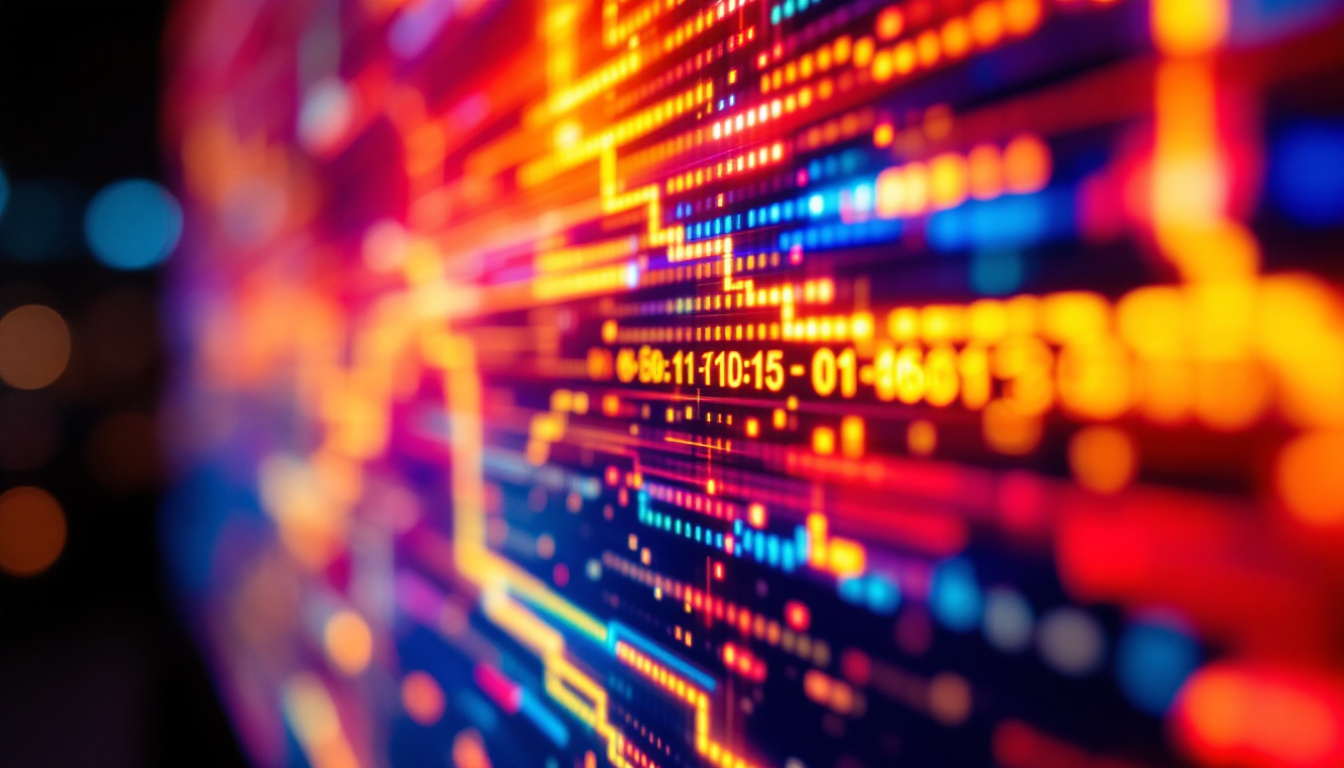In the era of advanced technology, LED displays have become ubiquitous in our daily lives, from televisions to computer monitors. However, encountering issues such as lines appearing on the screen can be frustrating for users. Understanding the underlying causes of these lines and how LED displays function can help in troubleshooting and resolving these issues effectively.
Understanding LED Display Technology
LED (Light Emitting Diode) displays are a type of flat-panel display technology that utilizes light-emitting diodes to produce images. Unlike traditional LCD displays that use a backlight, LED displays can be either edge-lit or backlit, providing enhanced brightness and color accuracy. This technology has revolutionized the way we experience visual media, from televisions to computer monitors, making it a staple in both consumer and professional settings.
The core of an LED display is its pixel structure, where each pixel is composed of red, green, and blue subpixels. By varying the intensity of these subpixels, a wide range of colors can be produced. This technology allows for thinner, lighter screens with improved energy efficiency compared to older display technologies. Additionally, LED displays are known for their rapid response times, which significantly reduce motion blur, making them ideal for fast-paced video content such as sports or action films.
Types of LED Displays
There are primarily two types of LED displays: edge-lit and direct-lit. Edge-lit displays have LEDs positioned around the edges of the screen, while direct-lit displays have LEDs distributed across the entire back of the panel. Each type has its advantages and disadvantages in terms of brightness, uniformity, and cost. Edge-lit displays are often thinner and lighter, making them a popular choice for ultra-slim televisions, while direct-lit displays typically offer better brightness uniformity and contrast, which is crucial for high-quality image reproduction.
Furthermore, advancements in display technology have led to the development of OLED (Organic Light Emitting Diode) displays, which offer even better contrast and color reproduction. However, OLEDs come with their own set of challenges, such as burn-in issues, which can affect their longevity. The competition between LED and OLED technologies has spurred innovation, resulting in hybrid solutions like QLED (Quantum Dot LED) that aim to combine the best features of both technologies, providing vibrant colors and deep blacks without the drawbacks of burn-in.
How LED Displays Work
At the heart of an LED display is a matrix of pixels, each capable of emitting light. When an image is displayed, the graphics processor sends signals to the display, activating specific pixels to create the desired image. The combination of these activated pixels produces the final visual output. This pixel-based approach allows for high resolutions and detailed images, making LED displays suitable for everything from digital signage to high-definition gaming.
LED displays also utilize various technologies such as PWM (Pulse Width Modulation) to control brightness levels. This technique adjusts the amount of time each pixel is lit, allowing for finer control over brightness and energy consumption. Moreover, modern LED displays often incorporate features like local dimming, which enhances contrast by selectively dimming parts of the screen that are not displaying bright content. This results in deeper blacks and more vibrant colors, further enhancing the viewing experience, especially in dark environments.
Common Issues with LED Displays
While LED displays are generally reliable, users may encounter several common issues, one of which is lines appearing on the screen. These lines can manifest in various forms, such as horizontal or vertical stripes, and can be caused by different factors.
Identifying the root cause of these lines is crucial for effective troubleshooting. Common causes include hardware malfunctions, software issues, or even external interference. Understanding each potential cause can help users determine the best course of action to resolve the problem.
Hardware Malfunctions
One of the most common reasons for lines appearing on an LED display is hardware malfunction. This can occur due to a faulty graphics card, damaged cables, or issues with the display panel itself. For instance, a damaged cable can disrupt the signal between the computer and the monitor, resulting in visual artifacts such as lines.
Additionally, internal components of the monitor, such as the T-con (Timing Controller) board, can fail, leading to display issues. If hardware malfunctions are suspected, it may be necessary to consult a professional technician for diagnosis and repair. In some cases, users might notice that the lines are more pronounced when the display is under heavy load, such as during gaming or video playback, indicating that the graphics card may be struggling to keep up with the demands placed on it.
Furthermore, environmental factors can also contribute to hardware malfunctions. For example, excessive heat can cause components to fail prematurely, while exposure to moisture can lead to corrosion of internal circuits. Proper ventilation and maintaining a stable environment can help prolong the life of an LED display and reduce the likelihood of encountering these issues.
Software Issues
Software problems can also lead to lines appearing on an LED display. Outdated or corrupted graphics drivers may cause display anomalies. Ensuring that the latest drivers are installed can often resolve these issues.
Moreover, certain applications or games may not be optimized for the display settings, causing visual distortions. Adjusting the resolution or refresh rate in the display settings can sometimes alleviate these problems. In addition, users should check for any software updates for the operating system, as these updates can include important fixes for compatibility issues that might affect display performance.
Another aspect to consider is the impact of third-party software on display functionality. Some screen recording or overlay applications can interfere with how graphics are rendered, leading to unexpected lines or glitches. Disabling such applications temporarily can help determine if they are the source of the problem. Regularly reviewing installed software and removing any unnecessary programs can also help maintain optimal performance and reduce the chances of software-related display issues.
Diagnosing the Problem
When faced with lines on an LED display, a systematic approach to diagnosis can help identify the underlying issue. Start by checking the connections, then move on to software settings, and finally, consider hardware components.
Begin by inspecting the cables connecting the monitor to the computer. Ensure that they are securely connected and free from damage. If possible, try using a different cable to see if the problem persists. This simple step can often resolve the issue without further investigation.
Testing with Different Devices
To determine whether the problem lies with the monitor or the computer, connect the monitor to a different device. If the lines disappear when connected to another computer or laptop, the issue may be related to the original device’s graphics card or settings.
Conversely, if the lines remain visible even when connected to a different device, the issue likely resides within the monitor itself. In this case, further troubleshooting or professional assistance may be necessary.
Adjusting Display Settings
Sometimes, the lines on the screen can be attributed to incorrect display settings. Access the display settings on the computer and check the resolution and refresh rate. Ensure that these settings are compatible with the monitor’s specifications.
Additionally, disabling hardware acceleration in certain applications may help eliminate display issues. This setting can sometimes conflict with the monitor’s capabilities, resulting in visual artifacts.
Preventing Future Issues
Once the lines on the LED display have been addressed, taking preventive measures can help avoid similar issues in the future. Regular maintenance and proper usage practices can significantly extend the lifespan of an LED monitor.
One of the most effective ways to prevent display issues is to keep the monitor clean and free from dust. Dust accumulation can interfere with internal components and lead to overheating, which may cause malfunctions over time.
Regular Software Updates
Keeping software up to date is crucial for optimal performance. Regularly check for updates for both the operating system and graphics drivers. These updates often include bug fixes and improvements that can enhance compatibility and performance.
Moreover, utilizing reliable antivirus software can protect against malware that may interfere with display performance. Regular scans and updates ensure that the system remains secure and functions smoothly.
Proper Usage and Care
Practicing proper usage habits can also help maintain the integrity of an LED display. Avoid exposing the monitor to extreme temperatures or direct sunlight, as these conditions can damage the internal components.
Additionally, using a surge protector can safeguard the monitor from power surges, which can lead to hardware failures. Taking these precautions can significantly reduce the likelihood of encountering lines or other display issues in the future.
When to Seek Professional Help
In some cases, the lines on an LED display may indicate a more serious issue that requires professional intervention. If troubleshooting steps do not resolve the problem, it may be time to consult a technician.
Professional technicians have the expertise and tools necessary to diagnose and repair complex issues that may not be easily identifiable. They can also provide insights into whether repair or replacement is the best course of action.
Warranty Considerations
Before seeking professional help, it is essential to check the warranty status of the monitor. Many manufacturers offer warranties that cover specific issues, including display problems. If the monitor is still under warranty, contacting the manufacturer for support may be the best option.
In some cases, manufacturers may provide repair services or replacements at no additional cost, saving users from incurring out-of-pocket expenses.
Cost of Repairs vs. Replacement
When faced with a malfunctioning LED display, users must weigh the cost of repairs against the price of a new monitor. Depending on the severity of the issue, repairs can sometimes be costly, especially if internal components need replacement.
Evaluating the age and condition of the monitor can also influence this decision. If the monitor is several years old and experiencing recurring issues, investing in a new display may be more cost-effective in the long run.
Conclusion
Lines appearing on an LED display can be a source of frustration for users, but understanding the technology and potential causes can empower individuals to troubleshoot effectively. By following systematic diagnostic steps, maintaining the monitor, and seeking professional help when necessary, users can ensure their LED displays function optimally.
As technology continues to evolve, staying informed about display technologies and their maintenance will enhance the user experience, allowing for clearer, more vibrant visuals in both personal and professional settings.
Explore Cutting-Edge LED Display Solutions
If you’re looking to elevate your visual experience and avoid common display issues, look no further than LumenMatrix. As a pioneer in LED display technology, LumenMatrix offers a wide array of innovative solutions, from Indoor and Outdoor LED Wall Displays to specialized options like Vehicle LED Displays, LED Sports Displays, and even Custom LED solutions. Whether you’re enhancing brand visibility or creating immersive environments, our mission is to revolutionize visual communication with displays that captivate and engage. Don’t let lines on your screen hold you back—check out LumenMatrix LED Display Solutions today and see the difference for yourself.

